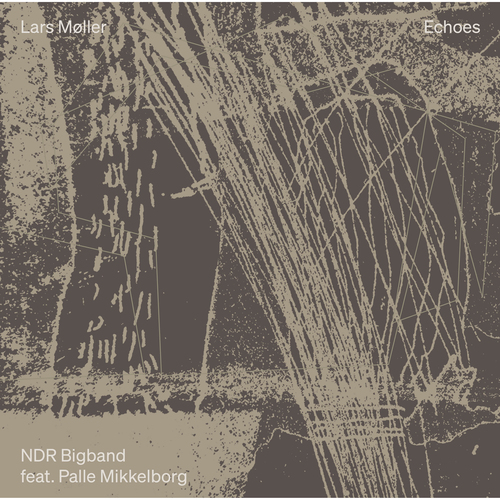In addition to its own wide-reaching monthly new releases (see www.naxos.com/newreleases.asp), Naxos also distributes several leading labels in many countries around the world. Here is a choice selection of recent releases from some of these distributed labels.
Celebrating 40 Years of Excellence in Music
Since its inception in 1985, Ondine has remained steadfast in its commitment to musical quality, a pledge reflected in its meticulously curated collection of releases. As the label celebrates its 40th anniversary this year, its legacy is highlighted by numerous prestigious nominations and awards, cementing its position as a leader in the industry. Each production is a testament to the label’s dedication to providing unparalleled listening experiences.
Ondine remains firm in its dedication to the founding principles that have guided its journey. These principles encompass an unwavering commitment to quality and an unshakable vision for the future of recording. As Ondine continues to evolve, it upholds its tradition of excellence, enriching the world of classical music with every step it takes.
FOLLOW ONDINE:
This second album of early 19th-century bassoon concertos by Jaakko Luoma and Tapiola Sinfonietta includes four delightful concerto gems written for Frans Carl Preumayr (1782–1853), a proficient and talented bassoonist who moved to Stockholm in 1802. Probably the best-known of these works were composed by his Finnish father-in-law, Bernhard Henrik Crusell, and Franz Berwald, Sweden’s most famous composer of the Romantic period. However, the impressive bassoon concerto by the Swiss-born Édouard Du Puy has been rarely heard. Additionally, the German-born composer Eduard Brendler has been largely forgotten by music history. All four works are powerful, interesting, and demanding solo compositions that offer a thrilling journey into the musical life of one of the Nordic music capitals 200 years ago.
Pre-Order – Available in February 2025
“This is the best of me,” wrote Edward Elgar in 1900 at the end of the manuscript of The Dream of Gerontius. This impressive and modern new recording of Elgar’s magnum opus by the Finnish Radio Symphony Orchestra, conducted by Nicholas Collon, features mezzo-soprano Christine Rice, tenor John Findon, and baritone Roderick Williams, along with singers from five different choirs: Helsinki Music Centre Choir, Cambridge University Symphony Chorus, Dominante, Helsinki Chamber Choir, and the Alumni of the Choir of Clare College Cambridge.
The Dream of Gerontius is a setting of extracts from the visionary poem of the same title by John Henry Newman (1801–90), a leading theologian and academic at Oxford University, as well as a priest. Newman was made a Cardinal by Pope Leo XIII in 1879, beatified in 2010 by Benedict XIV, and canonised by Pope Francis nine years later. Although Elgar’s brilliant The Dream of Gerontius did not achieve untrammelled success at its premiere in October 1900 – conductor Hans Richter only received the score the day before the first orchestral rehearsal – critics and many professional musicians heard enough to realise that it was a work of genius. Two well-prepared performances in Germany proved that Gerontius was a fine work – and mightily impressed Richard Strauss, no less – and the London premiere in 1903 helped secure its reputation at home. Eventually, The Dream of Gerontius ascended to its rightful place as a major work of European art and one of the greatest works written by Elgar.
In November 2021, even before taking up his post as chief conductor of the Bavarian Radio Symphony Orchestra, Simon Rattle began a cycle of Mahler symphonies with a performance of the Ninth (900205). The Sixth followed in September 2023 (900217) and the conductor is now tackling the composer’s Seventh Symphony. This cycle marks the beginning of a new chapter in Mahler interpretation, as Rattle is just as passionate a Mahler admirer at the helm of the orchestra as his predecessors Jansons, Maazel and Kubelík.
Sadness and joy, darkness and light are all part of the charm of Gustav Mahler’s complex and multi-layered Seventh Symphony. Composed in the idyllic natural setting of Lake Wörthersee, it is one of his great, yet somewhat enigmatic works, and its interplay of emotional extremes has always challenged performers. After the consistently tragic Sixth Symphony, the Seventh counters the gloomy mood with a life-affirming note. Mahler skilfully incorporates natural sounds, cowbells and horn calls. “Here, nature roars,” he commented. The unusual number of five movements allows him to create a symmetrical structure: The large-scale first movement, marked by march rhythms and ending triumphantly, has its counterpart in a cheerful, bright rondo finale. The second and fourth movements are Nachtmusiken, framing a Scherzo.
The two works on this recording both come from a creative period at the beginning of the 1930s. Stylistically, with his works rooted in tonality, Karl Weigl drew on the sound world of late Romanticism, and he never abandoned this aesthetic in favour of more progressive contemporary trends. Weigl’s skill in orchestration can be heard in both the hymnic climaxes and the chamber music-like passages. Weigl never lived to hear a performance of either his Third Symphony or the Symphonic Prelude. Like so many of his larger works, these scores were not rediscovered until interest in Weigl’s music made a resurgence decades later. This release represents the world premiere audio recordings of both works.
This programme spotlights Gabriel Fauré’s orchestrated songs and his music for the stage, of which his suite from the incidental music for Pelléas et Mélisande includes some of his best-loved music. Performances of Fauré’s spectacular Wagnerian drama Prométhée are a real rarity, while the eloquent Shylock Suite, based on Shakespeare, contains some of his most elaborate symphonic music. Fauré orchestrated only a small number of his more than 100 songs, but these include the transcendentally beautiful love song Les Roses d’Ispahan with its harmonic subtleties and gorgeous coda.
The Dutch conductor Bernard Haitink and the Bavarian Radio Symphony Orchestra enjoyed a long and intensive artistic collaboration, which came to an abrupt end with Haitink’s death in October 2021. BR-KLASSIK now presents outstanding and previously unreleased live recordings of their concerts from past years. This recording of Shostakovich’s Fifteenth Symphony documents a concert given in February 2015 in Munich’s Philharmonie im Gasteig.
Haitink first conducted a Munich subscription concert in 1958, and from then on was a regular guest with the Bavarian Radio Symphony Orchestra – either in the Herkulessaal of the Residenz or in the Philharmonie im Gasteig. This congenial collaboration lasted for more than six decades. The orchestra musicians and singers enjoyed working with him just as much as the BR sound engineers. As an interpreter of the symphonic repertoire, and especially that of the German-Austrian Late Romantic period, Haitink was held in high esteem throughout the world. With him, the symphonies of Dmitri Shostakovich were always in the best of hands. Haitink’s driving principle was to make the sound architecture of a musical composition, with its complex interweaving, transparently audible; extreme sensitivity of sound was combined with a clearly structured interpretation of the score.
Paul Wranitzky began composing late in life compared to his friend Mozart, but quickly rose to become the most important symphonist in Vienna by the end of the 1790s. The dramatic Grande sinfonia caractéristique pour la paix avec la République françoise depicts the French Revolution and France’s subsequent war with Austria. Political complications saw its performance in Vienna forbidden by Imperial decree, but this did not end Wranitzky’s success at court: the exuberant Symphony in D Major and the charming ‘Hunt Symphony’, both unpublished, come from the collection of the Emperor’s brother.
Despite their differences in cultural background and the eras in which they lived, there are similarities between Robert Schumann and Jean Sibelius in terms of their development as symphonists. Both were already respected composers when they began work on their symphonies. Robert Schumann’s Fourth Symphony is actually his second, but was later heavily revised and is presented on this album in the newer version. Jean Sibelius’ First Symphony was also his first work to achieve international success, as the Helsinki Philharmonic Society Orchestra toured Sweden, Denmark, Germany, the Netherlands and Belgium with works by Sibelius, culminating in a performance at the Paris World Exhibition.
‘I have a small collection of old hymnals that I have picked up over the years – used and thumbed over and smudged by the generations of people who had turned their pages. What I love about hymnals is that they are a catalogue of things a community of worshippers can agree on, a catalogue that can be sung. And what the worshippers are singing about matters. The texts represent the beliefs and values that the worshippers all share, so hymnals have the power to highlight the hymns that make a particular community feel and act differently from all the others.’ – David Lang
Walt Whitman and Emily Dickinson were central figures of 19th-century American poetry, writing iconic poems that have often inspired musical settings. While Whitman’s poetry evokes the seemingly endless grasslands of the American prairie, Dickinson describes symbolically charged and phantasmagorically absurd worlds of language that transcend the literary conventions of her time. The present settings by Joachim Brügge for soprano, flute, and string trio, partly joined by a harp, portray this diverse spectrum of poetry, with some poems also inspiring instrumental pieces. Furthermore, Louisa May Alcott, another American writer and poet, is addressed, and she can be regarded as the founder of American youth literature with the Little Women trilogy. Particularly in light of the current political upheavals and escalations in America, this American poetry embodies, more than ever, the idea of an American moral conscience – an overarching respect for democracy and civil rights.
Donizetti’s L’aio nell’imbarazzo (The Embarrassed Tutor) is a melodramma giocoso in two acts, premiered to considerable acclaim in 1824. Its subject is the belated attempt by the elderly Marquis Giulio to keep his sons innocent of the ways of world and the comedy of errors that result. Two years later Donizetti drastically revised the opera, which duly appeared under the title Don Gregorio. This production uses the critical edition and restores the work, as far as possible, to Donizetti’s original conception – including excised arias, and emphasising the composer’s sparkling orchestration.
Handel’s success with Italian-style opera in London had passed its initial peak by 1729. Lotario – a tale of revenge and heroism based on events in the life of Holy Roman Empress Adelaide of Italy – was the first of a new series of works intended to revive interest and challenge society’s new ‘vile taste’ for satire and light entertainment. Despite being one of Handel’s least-known operas, it displays his renowned talent for writing convincing drama with melodically rich and emotionally charged arias. This live recording is performed on period instruments by the Händelfestspielorchester Halle.
Verena Tönjes and Daria Tudor explore the complex and ambivalent figure of the clown in this captivating art of song programme. Inspired by Ethel Smyth’s The Clown, the performance delves into the emotional depth of the clown – resilient yet vulnerable, laughing at his fate while confronting his inner conflict. Included in the programme is Erich Wolfgang Korngold’s 5 Songs of the Clown, based on Shakespeare’s witty fool Feste from Twelfth Night. Shakespeare’s poetry and Korngold’s musical language paint a highly complex picture of this misunderstood character, who possesses great intelligence and emotional depth. Through poignant melodies and evocative lyrics, the duo paints a multifaceted portrait of the clown, balancing humour, melancholy, and emotional complexity.
With the publication of this album, the Euridice Choir from Bologna achieves a major milestone in the promotion of choral works by two prominent composers, Ildebrando Pizzetti (Parma 1880 – Rome 1968) and Giorgio Federico Ghedini (Cuneo 1892 – Genoa Nervi 1965). Both composers stand at the forefront of 20th-century Italian choral music; unfortunately, most of their masterpieces seldom find a place in concert programmes and are, as a result, little known. These compositions, while stylistically diverse, share a musical quality that reveals the expressive depth and aesthetic consistency of Italian choral music from the early 1900s. The imposing polyphonic structure of Pizzetti’s Requiem and the “neo-Madrigalism” (as defined by Massimo Mila) adopted by Ghedini are each based on distinct musical influences: Gregorian chant for Pizzetti and the stylistic elements of Renaissance composition for Ghedini, whose revival is a foundational element of his music.
The Dance inspirations / Musica Danzante are the result of several years of concert collaboration between the leading clarinettist Anna Paulová and the accordionist and composer Jiří Lukeš. Dance, as one of the most natural artistic expressions of the human body in time and space, has inspired music for centuries. Composers throughout history have composed music for dance, sometimes for entertainment, sometimes for sustenance, but always with enthusiasm. As the Greek philosopher Heraclitus said, “Everything is in motion, nothing remains still.” This concept is embodied in the repertoire of this recording, with the exception of the first and last pieces: Petri Makkonen’s Dorian Emotion and Olivier Messiaen’s Vocalise étude. These works are intended to create a counterbalance to the various dance elements, offering the listener rare moments of stillness in today’s hectic world.
The award-winning duo of flautist Silvia Schiaffino and guitarist Renato Procopio present a musical travelogue ranging from Western to Eastern Europe before journeying further afield to Japan, Iran and Korea. As well as masterpieces such as Bartók’s Romanian Folk Dances, and a rip-roaring Monti Csárdás, this evocative selection includes the colourful and piquant, such as the music of Sakura, as well as Procopio’s own vibrant arrangement of Korean folk songs.
Dvořák’s chamber music is amongst the most extensive and significant of the 19th-century and the four surviving piano trios embody his command of the form. The first two were written in rapid succession, with No. 1 in B-Flat Major marrying Schubertian lyricism with Slavic inflexions, serenity with joy. No. 2 in G Minor is rather more classically conceived though it shares the same formal structure as No. 1 and exudes a similar quotient of lyric beauty.
This debut album of the young Trio Contrasti takes us on a journey through time with a mosaic of sounds in which epochs and cultures enter into dialogue.
Romanticism gave the art world a new paradigm of thought, when music took the leading position among the arts and the freedom of formal design, initiated by the content, unfolded. The quest for national self-identification and the rapid development of national styles in art began. Romanticism opened the way for a dialogue between epochs and cultures that continued into the 20th century. Three works that have no direct connection to each other nevertheless share a common context. When viewed through the prism of a Romantic paradigm, they can be seen as milestones on the path through epochs and cultures.
Since the late 19th century, composers have been influenced by the visual arts. Mussorgsky’s Pictures at an Exhibition, inspired by the artwork of Victor Hartmann, kicked off this trend, and it wasn’t long before other composers followed his example.
The inspiration for Ink-Wash on Paper arose after artist Gunnel Wåhlstrand heard one of Byström’s other art-inspired works. It was decided on the spot that the artist and composer should collaborate. Wåhlstrand specialises in the demanding technique of ink wash, creating large-scale, photo-realistic images of nature along the west coast of Sweden. The clarity of detail, the quality of light, and the reflections in these greyscale works are truly hypnotic and are beautifully complimented by Byström’s soft-focus sonics.
This is graceful and elegant music, but also somewhat bizarre; rarely rising above a mezzo-forte. As English critic Lynn René Bayley (Art Music Lounge) wrote, “Byström’s world seems to consist of gentle gestures that somehow add up to a listening experience that is transformative. Nothing is quite as it appears to be at first glance/listen, yet she sucks you into her sound world and says, “Why don’t you stay for a cup of galactic star tea?”
Nannette Streicher opened her piano workshop together with her husband and brother in Vienna at the end of the 18th century. They built well over a thousand instruments, of which only around 40 fortepianos have survived to this day. The piano parts on this album were recorded on Nannette Streicher’s fortepiano with the serial number 1060. Ludwig van Beethoven himself was good friends with the couple and played their instruments. The three selected sonatas on this album span a period of 14 years, from 1798 (Opp. 12/1 and 3) to 1812, the year of the composition of Op. 96 – two years before the piano used here was completed.
Stefania Neonato is involved both in performance practice on historical instruments and the modern piano playing tradition. Christine Busch appears as a soloist and chamber musician in concerts worldwide, performing on both modern and baroque violins.
Immerse yourself in the enigmatic beauty of Alexander Scriabin’s complete piano sonatas, masterfully interpreted by the renowned pianist Yunjie Chen. This new album offers a profound journey through the introspective and mysterious soundscapes that have captivated audiences for over a century.
Scriabin’s sonatas, often described as “mysterious and lovely” in the spirit of Carl Sagan’s reflections on the cosmos, provide an unparalleled canvas for personal and intimate expression. Yunjie Chen’s nuanced performance brings these unique pieces to life, allowing listeners to explore the deep emotional currents and the profound philosophical questions embedded in the music.
Yunjie Chen’s deep connection with Scriabin’s works is evident in every note, and his ability to convey the complex textures and ethereal beauty of the sonatas is unparalleled. Each performance is an invitation to a world where music transcends the ordinary, embodying Scriabin’s mystical and theosophical visions.
This album is not just a collection of sonatas; it is a transformative experience. Yunjie Chen’s thoughtful interpretations highlight the technical brilliance and emotional depth of Scriabin’s compositions, offering a fresh perspective on these lesser-played masterpieces.
Performed by Martin Kasík, this album features two of Chopin’s most celebrated musical forms: the Ballades and Scherzos. As key works of the Romantic era, these compositions showcase Chopin’s mastery of lyrical expression and virtuosic piano technique. Each Ballade is rich with emotional depth and narrative quality, while the Scherzos captivate with their dramatic contrasts and technical brilliance. Kasík brings his interpretive insight and pianistic artistry to these iconic works, offering a compelling exploration of Chopin’s genius.
Clara Schumann was one of the most famous of all 19th-century piano virtuosos, admired by contemporaries such as Liszt and Thalberg. Her piano works never succumb to stereotype and the Romances anticipate the sonority of Brahms’ late music for piano. Her Variations, Op. 20 entwines Robert Schumann’s themes with her own in music of touching intimacy. The Preludes and Fugues reflect Clara’s love of Bach. This first volume of her complete music for solo piano is performed by the distinguished French pianist, Jean-Pierre Armengaud, who has written about Robert and Clara Schumann as well as having organised a symposium devoted to them.
Franz Liszt’s prolific output as a composer was maintained during a stormy life and performing career. As a result, many works were revised before they became the popular pieces we know and love today. This wonderful selection of earlier and lesser-known versions of Liszt’s masterpieces includes the majestic Paralipomènes à la Divina Commedia, alongside other pieces that shed light on spiritual aspects of the final version of Années de pèlerinage. The relatively unfamiliar Fantasie romantique, with its evocations of the Swiss Alps, is also featured.
Domenico Scarlatti’s 555 keyboard sonatas were most probably written for his patron Princess Maria Barbara of Portugal. Her love of music leads us to assume that she was suitably appreciative of these extraordinary gifts from her teacher and friend. The earlier sonatas are rooted in the Italian style, with the Sonata in G Major, K.103 notable for its eyebrow-raising lurches between major and minor tonalities. The influence of Spanish flamenco guitar can be heard in exotic embellishments and spicy harmonies in sonatas such as K.137 and K.303. Scarlatti’s astonishing originality can be found throughout this entire collection.
The pieces in this recording belong to Messiaen’s early compositional period, spanning the 1940s to the early 1950s. The music of Olivier Messiaen had a significant influence on the Japanese composer Tōru Takemitsu (Tokyo, 1930–1996). Raised in militaristic Japan during the Second World War (at just 14 years old, he was drafted into the Japanese army in anticipation of an American invasion), Takemitsu initially rejected the culture and philosophy of his own country, instead developing a deep interest in the various musical trends of the Western avant-garde, particularly French music. The works in this recording span a period of approximately fifty years.
The premiere of Adolphe Adam’s Giselle in Paris on 28 June 1841, was an absolute triumph, and it has since been considered a masterwork in the classical ballet canon. The theme of Giselle, impossible love, resonates across all times and cultures. Giselle believes she has found her true love in Albrecht, only to discover he is not who she thought he was; in fact, he is engaged to another.
Albrecht’s love for Giselle has fatal consequences, but even in death, Giselle is capable of love and forgiveness. This Dutch National Ballet production by Rachel Beaujean and Ricardo Bustamante breathes new life into Giselle while remaining true to the original, combining stunning sets and costumes with ethereal beauty.
The Teatro La Fenice, which opened in 1792, is one of the most renowned and beautiful theatres in the world. First performed in 2004, the New Year’s Concert at Venice’s Teatro La Fenice celebrates its 20th anniversary in 2024 with an extravagant programme. Conducted by Maestro Fabio Luisi, this prestigious event features an exquisite blend of symphonic works and operatic masterpieces, including arias from Tosca, La traviata, Madama Butterfly, and Turandot. Accompanied by beautiful ballet interludes and a lively tribute to the 70th anniversary of Italian television, soprano Eleonora Buratto and tenor Fabio Sartori shine on stage, ringing in the New Year with joyous brilliance.
In this enchanting concert, Jonas Kaufmann, one of today’s finest tenors, brings his passion for film music to life. Accompanied by the renowned Czech National Symphony Orchestra, Kaufmann takes his audience on a cinematic journey that transcends the silver screen. From the romantic strains of Where Do I Begin from Love Story and the poignant What a Wonderful World from Good Morning, Vietnam to the evocative Strangers in the Night from A Man Could Get Killed, each performance embodies the essence of cinema’s most iconic moments. Spanning decades of cinematic history, this unforgettable programme promises to captivate film and music lovers alike.
“As an ardent film buff and singer I am naturally very receptive to all the vocal numbers that have been heard in soundtracks all over the world, which is why it was a particular pleasure for me to rummage in the treasury of film music in search of the most beautiful pieces. The result is The Sound of Movies, a collection of wonderful songs from over eighty years of cinematic history. Whether they are accompanied by moving pictures or treated as pure music, they have all found a place in my heart.” – Jonas Kaufmann
The ballet Don Quixote is based on Miguel de Cervantes’ epic novel of the same name. Often regarded as the first modern novel, Cervantes’ epic regales the chivalrous adventures of the eccentric nobleman Don Quixote and his faithful squire Sancho Panza. The ballet focuses on one of their adventures, where they help to bring a vivacious young couple, Kitri and Basilio, together.
This energetic work, originally choreographed in the 19th century by Marius Petipa, is enlivened by Ludwig Minkus’ spirited score. Don Quixote is a wonderful showcase for the virtuosity of The Royal Ballet’s Principal dancers, with its joyous ensemble dances and bravura solo roles. Created for The Royal Ballet a decade ago, Carlos Acosta’s exuberant production brings the sunshine and charm of Spain to the Main Stage with Tim Hatley’s characterful designs.
For his reworking of Macbeth (the original version had been performed at the Teatro alla Pergola in Florence on 14 March 1847), Verdi composed a rather extensive three-movement ballet score for the second scene of the third act, illustrating the Hecate scenes of Shakespeare’s drama. At the premiere in the Théâtre-Lyrique in Paris on 21 April 1865, however, the audience was less than enthusiastic – the drama was too much at odds with the dance tastes of the Second Empire, which favoured lightweight, virtuoso diversions. Verdi, however, was convinced by the concept and insisted on retaining it in the new Italian production in Milan (1874), which met with unexpected success.
The Miraculous Mandarin (Op. 19, Sz 73) is Bartók’s last work for the stage. The plot revolves around prostitution, brutality, robbery, murder, being an outsider, (unrequited) love and finally, as a catharsis, a kind of love-death. The music is relentlessly sharp for long stretches, garishly dissonant, radical, probably the most modern score Bartók created. The premiere (1926) in Cologne was a scandal and Konrad Adenauer, then Lord Mayor of Cologne, immediately cancelled the performances.
In the course of his long career, Michael Gielen has been Music Director of the Royal Opera in Stockholm, the Belgian National Orchestra in Brussels, the Dutch Opera and the Frankfurt Opera. He was also Principal Guest Conductor of the BBC Symphony Orchestra and the Staatskapelle Berlin as well as Chief Conductor of the Cincinnati Symphony Orchestra and the Südwestfunk Symphony Orchestra. He developed an early interest in contemporary music and became known for his outstanding performances of Viennese classical music and works by Bruckner and Mahler. He has conducted several world premieres of important 20th-century works such as Bernd Alois Zimmermann’s opera Die Soldaten and György Ligeti’s Requiem.
Echoes showcases Lars Møller’s masterful fusion of Scandinavian introspection, robust American jazz, and emotive Indian modalities. Joined by legendary trumpeter Palle Mikkelborg and the NDR Bigband, Møller crafts a sonic journey in compositions that reflects his artistic evolution and exploration of jazz and Indian music. Contrasting spacious, improvised passages with dense orchestrations, Echoes balances air and fire, creating a timeless soundscape that embraces both spiritual openness and rhythmic intensity.
Pipa master Gao Hong and guqin virtuoso Zhao Xiaoxia revisit some of China’s most traditional pieces, such as Three Variations on the Plum Blossom and Yangguan Sandie, complementing them with improvisation and adaptation full of their own unique creative charm. Here, they masterfully combine the rich history of traditional culture with the avant-garde energy of contemporary art to create a work that is both a philosophical meditation and a spiritual journey.
Make sure to subscribe to Naxos newsletters for other great offers.








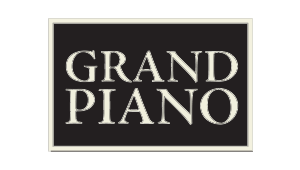
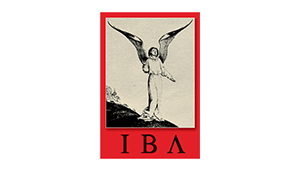



















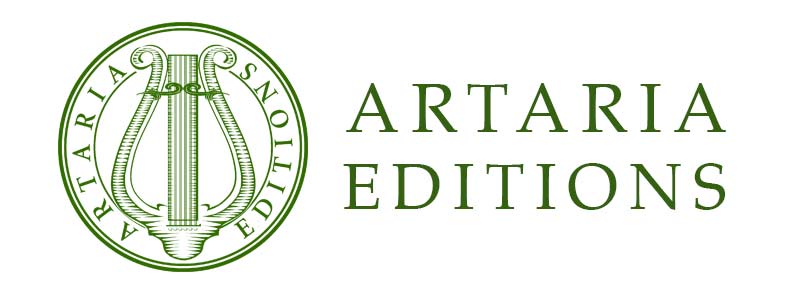



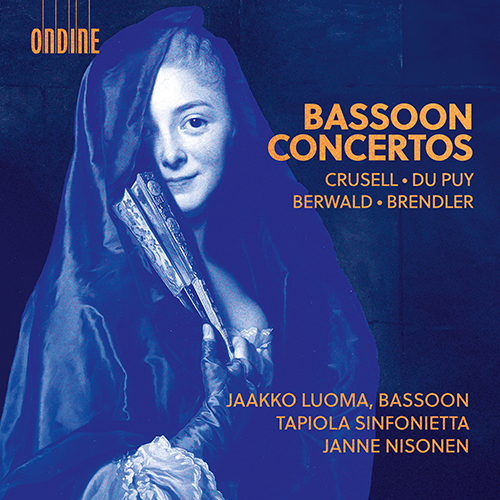
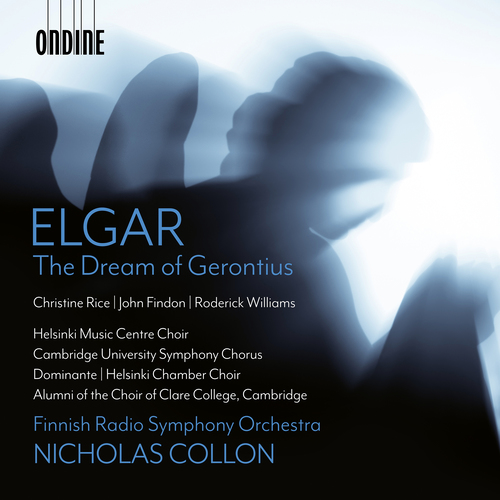
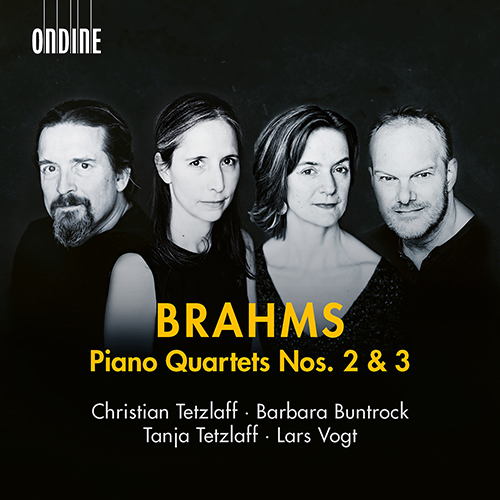
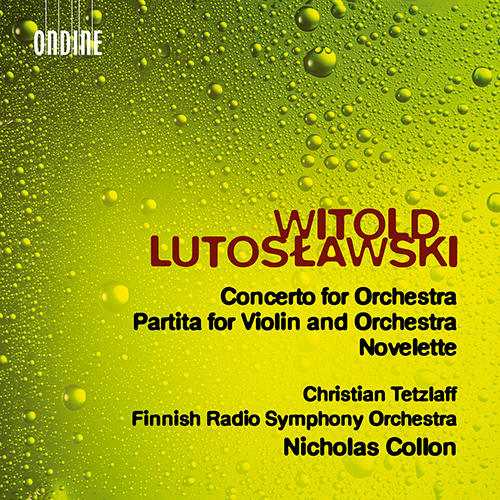
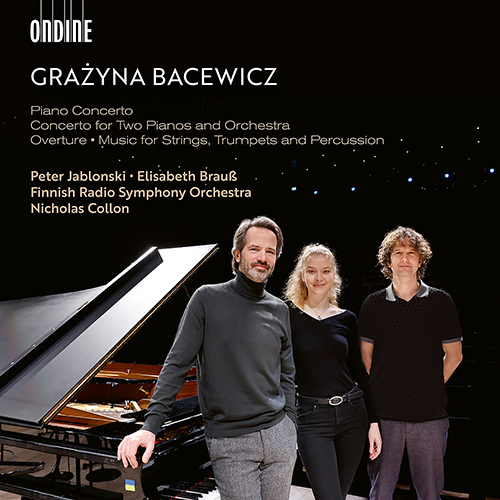
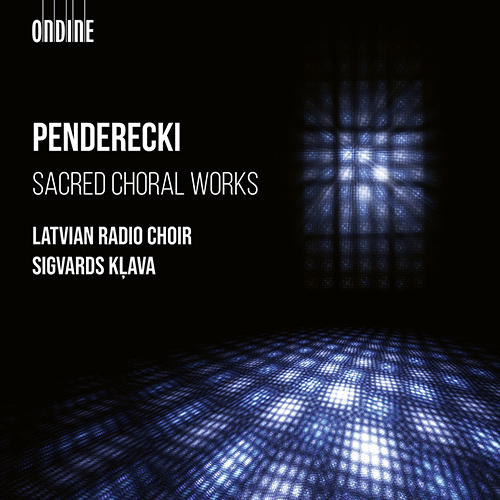
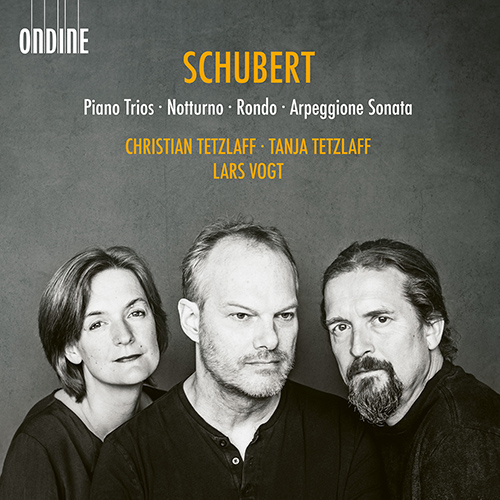
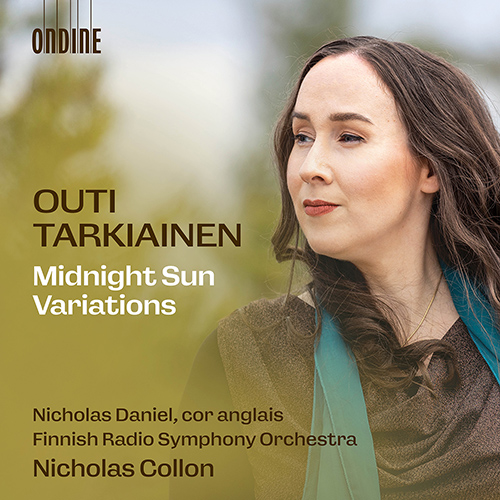
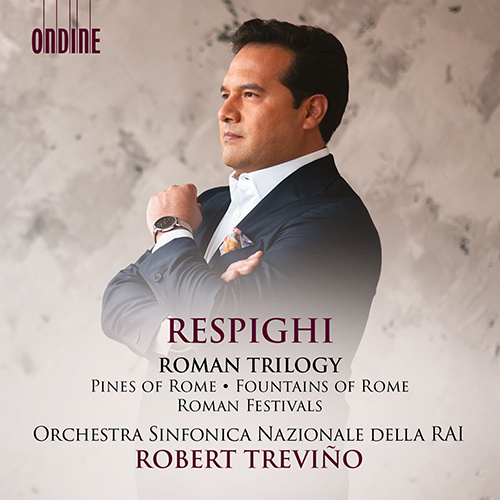
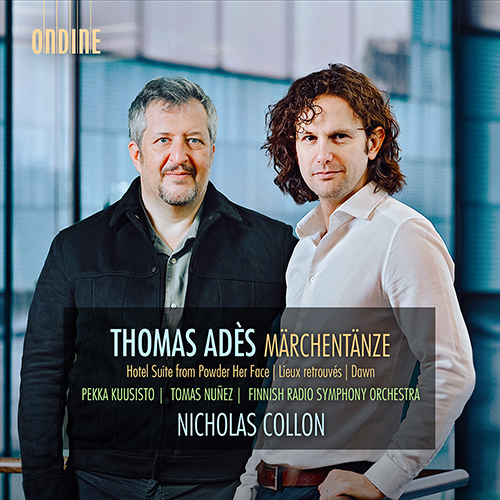

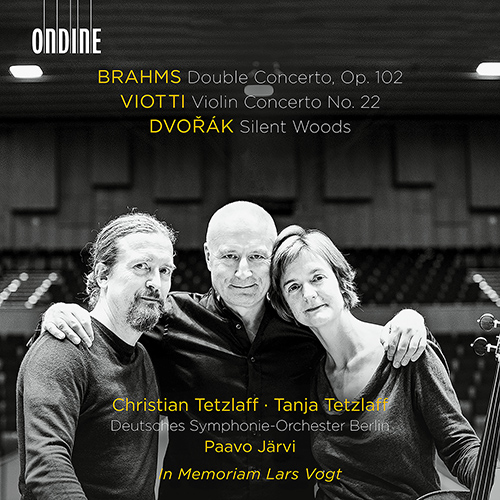
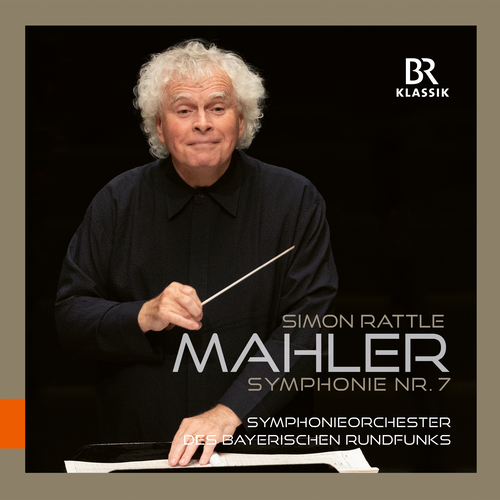
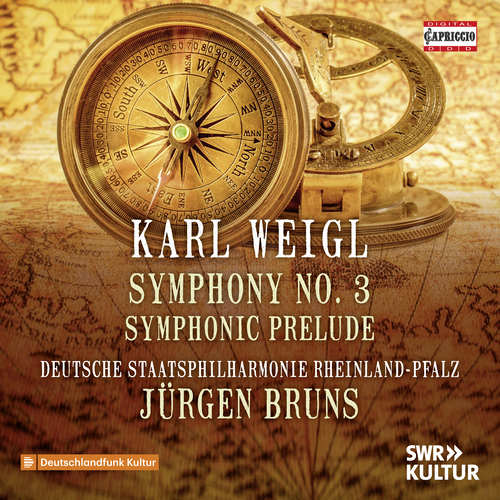
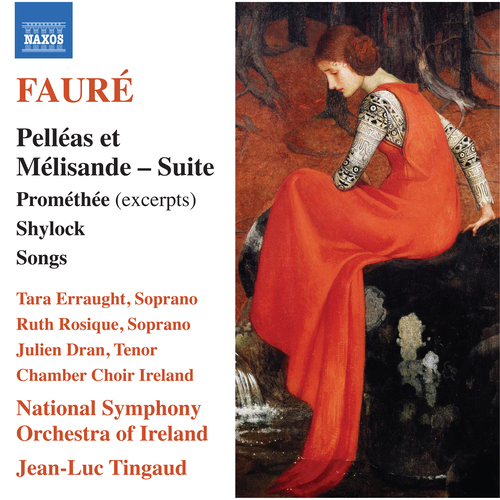
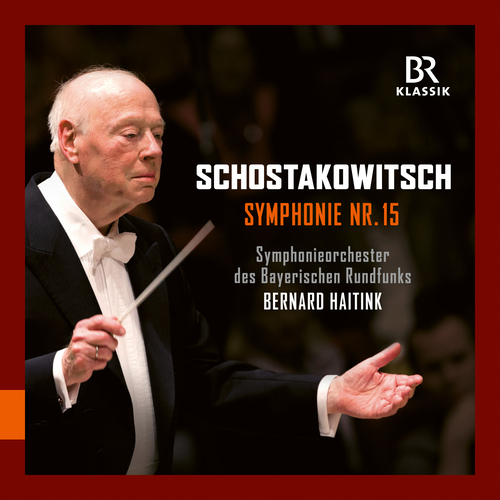
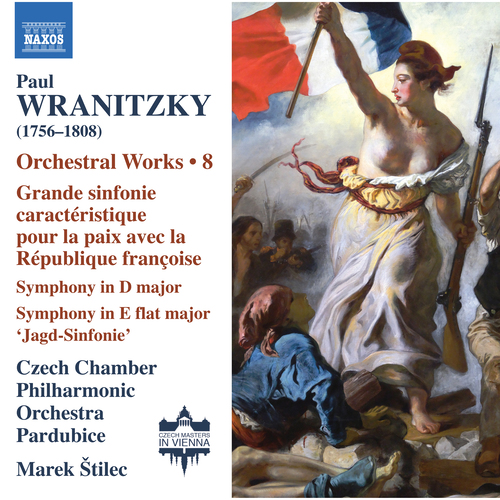
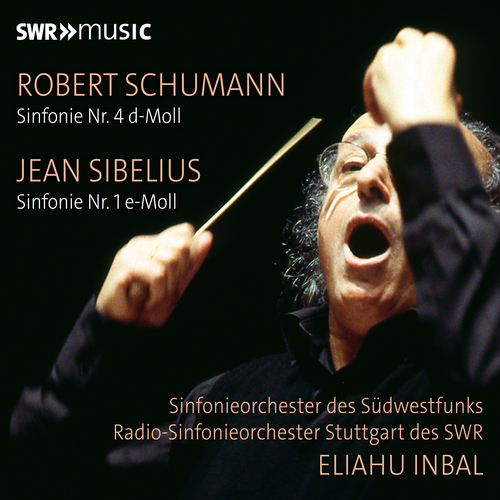
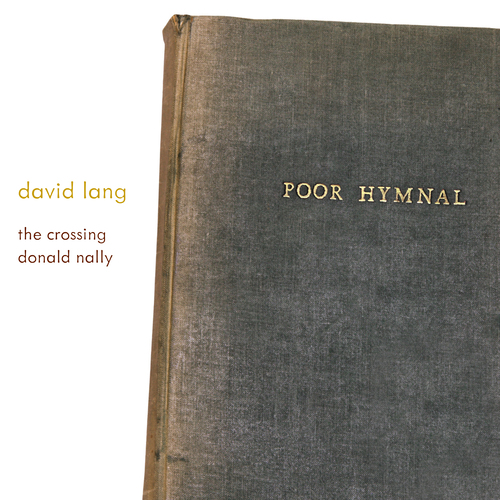
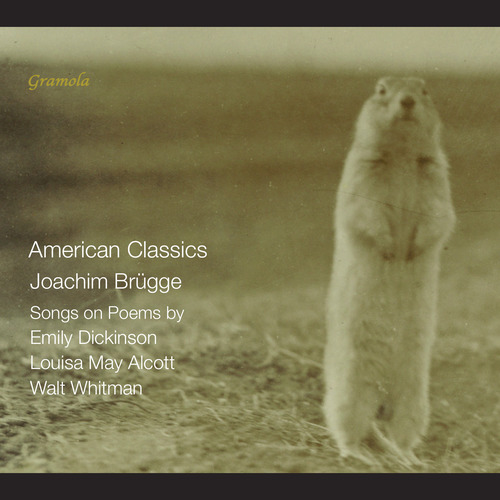
![DONIZETTI, G.: L’aio nell’imbarazzo [Opera] DONIZETTI, G.: L’aio nell’imbarazzo [Opera]](https://cdn.naxos.com/sharedfiles/images/cds/hires/8.660565-66.jpg)
![HANDEL, G.F.: Lotario [Opera] HANDEL, G.F.: Lotario [Opera]](https://cdn.naxos.com/sharedfiles/images/cds/hires/8.660570-71.jpg)
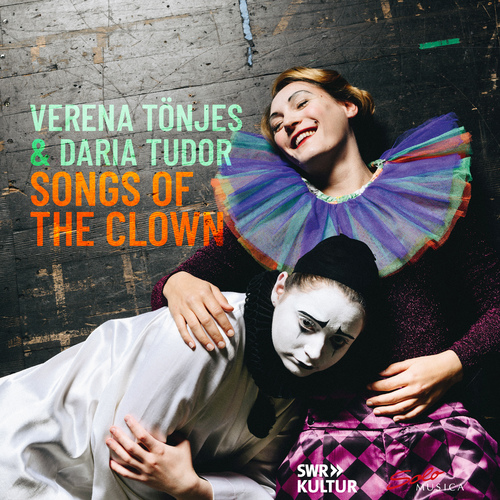
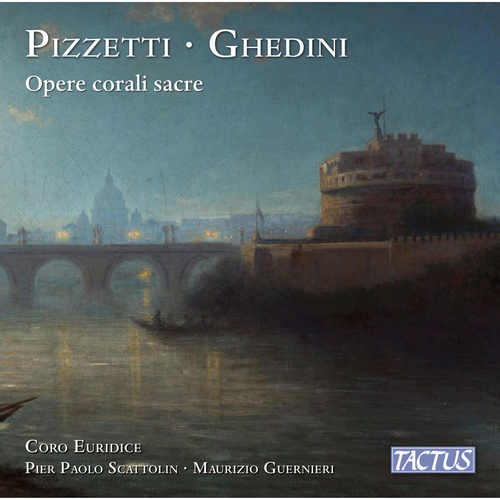

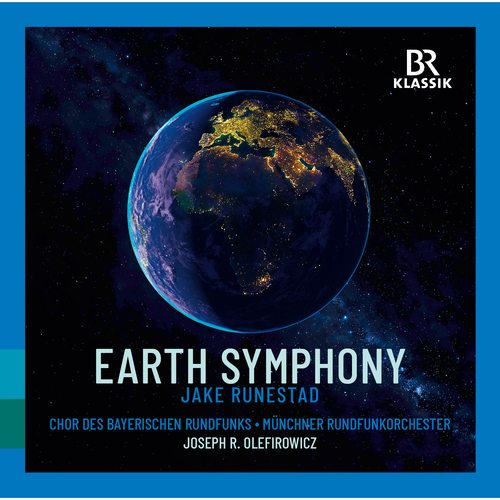
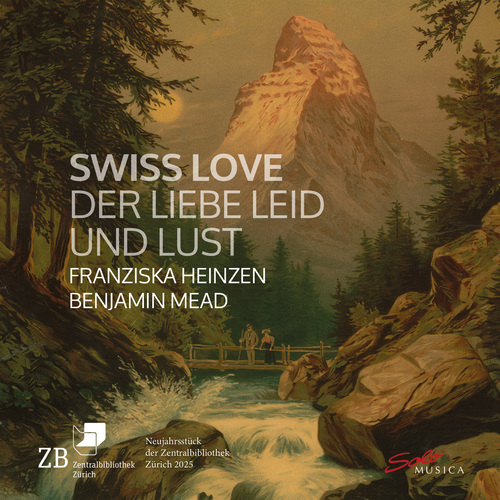
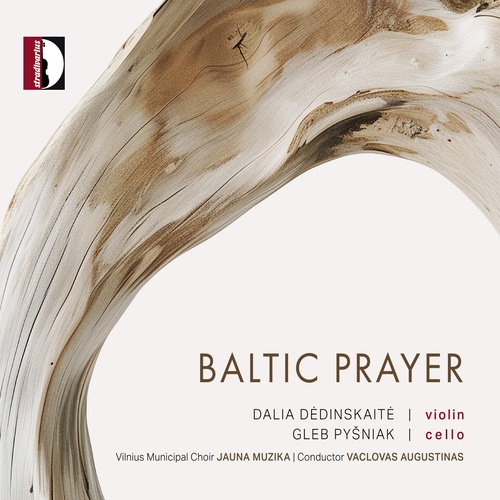
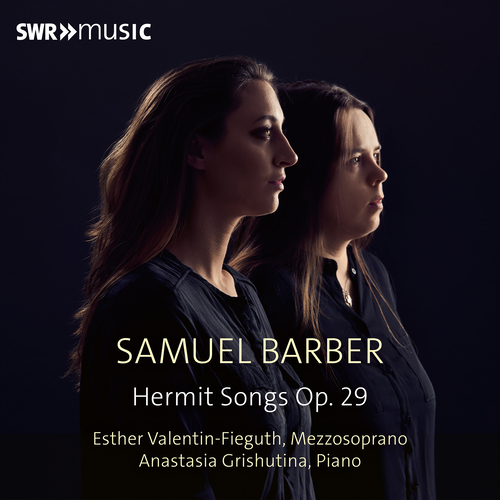

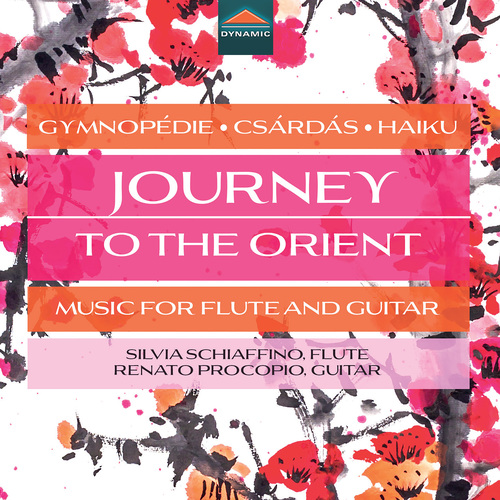
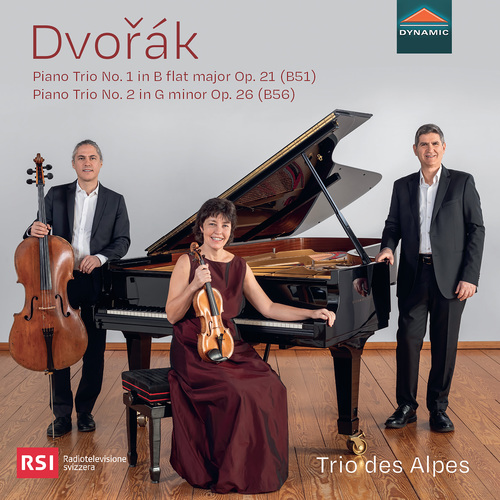
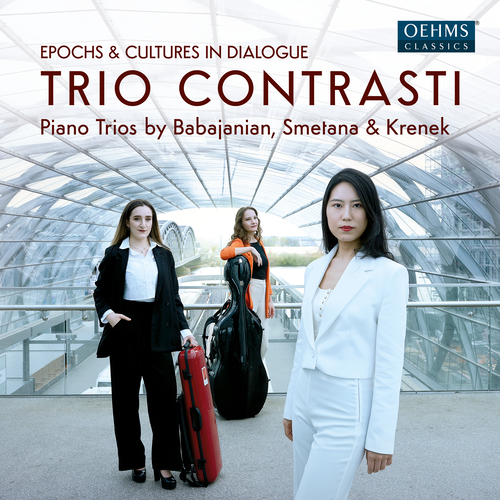
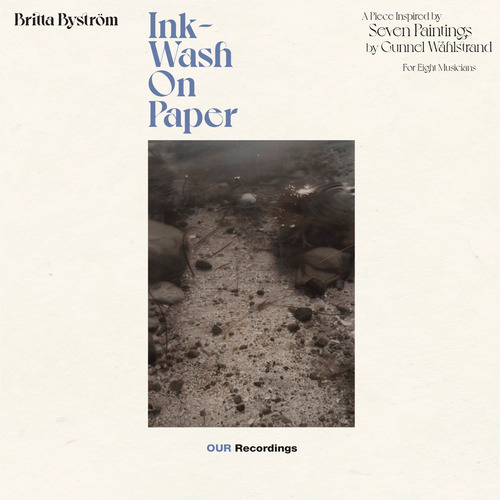
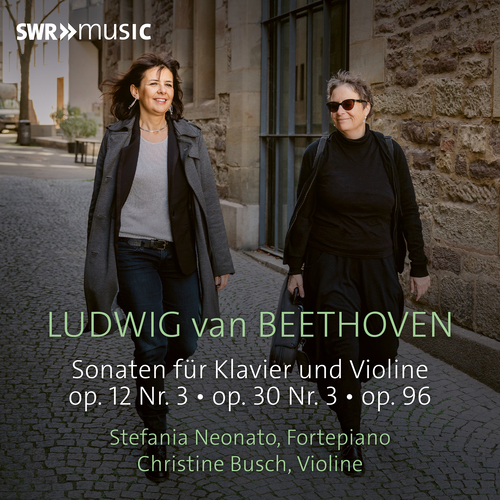
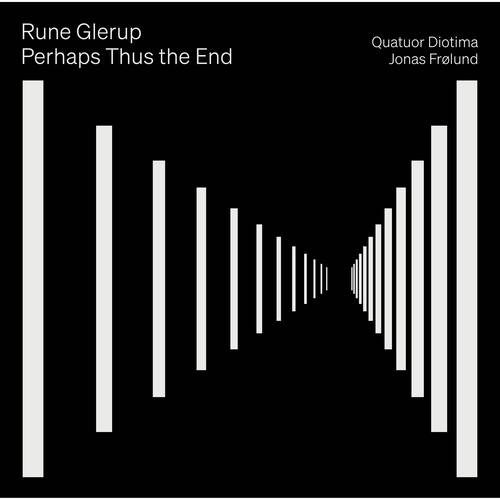
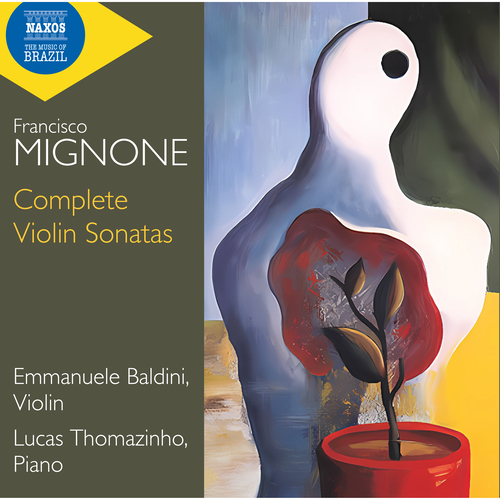
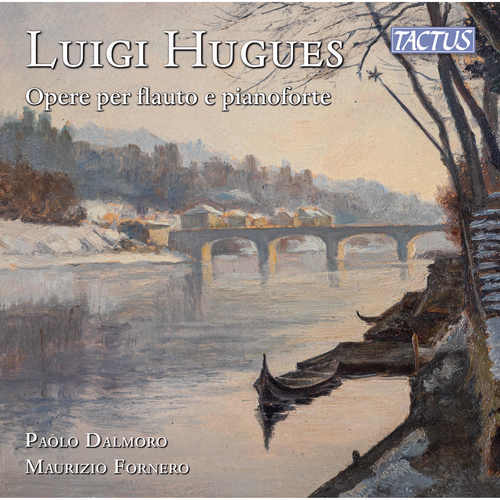
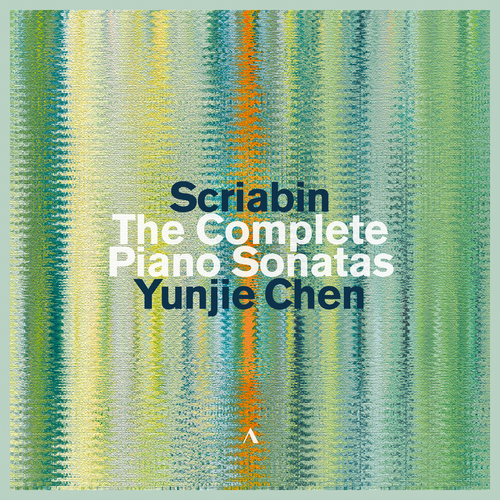
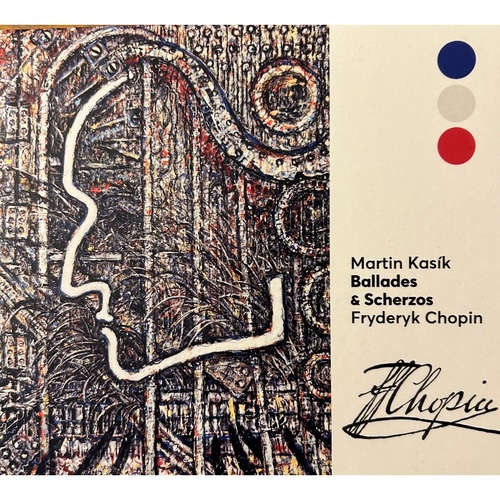
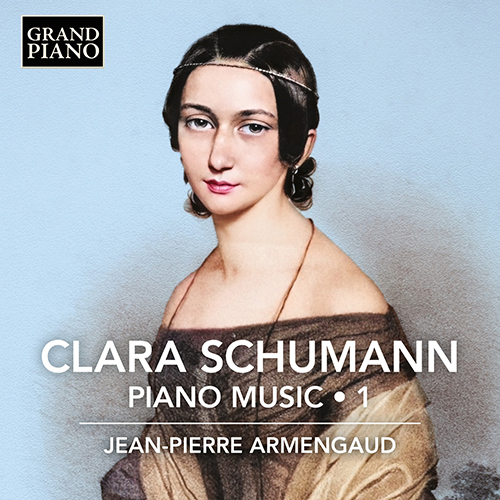
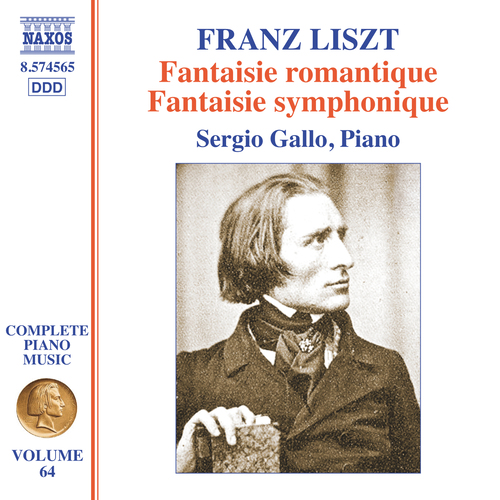
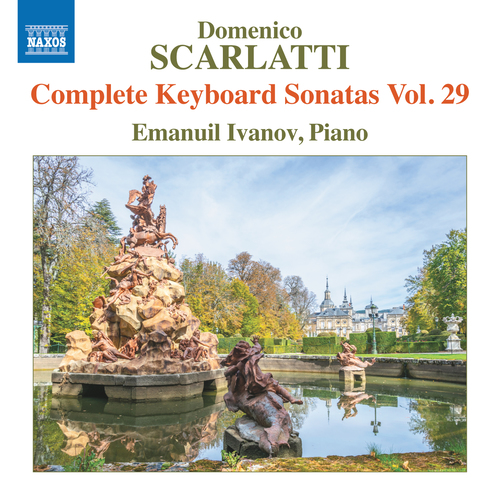
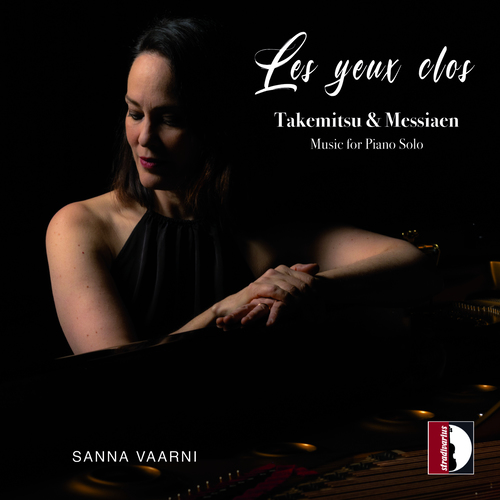

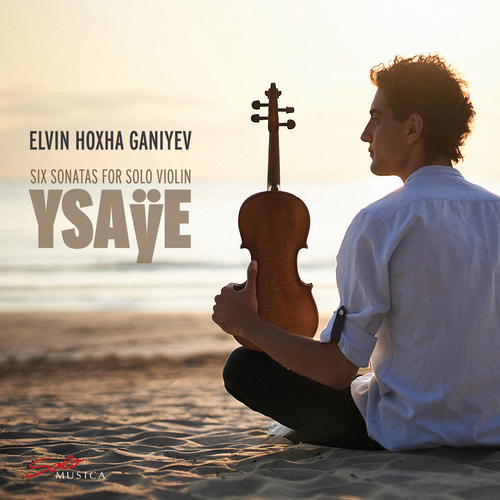
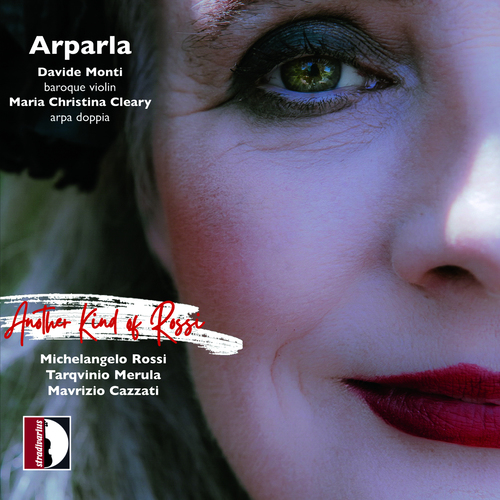
![ADAM, A.: Giselle [Ballet] (Dutch National Ballet, 2023) ADAM, A.: Giselle [Ballet] (Dutch National Ballet, 2023)](https://cdn.naxos.com/sharedfiles/images/cds/hires/BAC225.jpg)
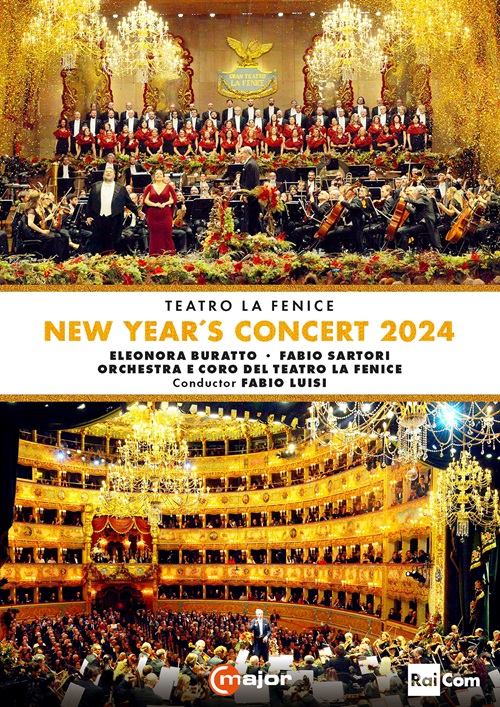
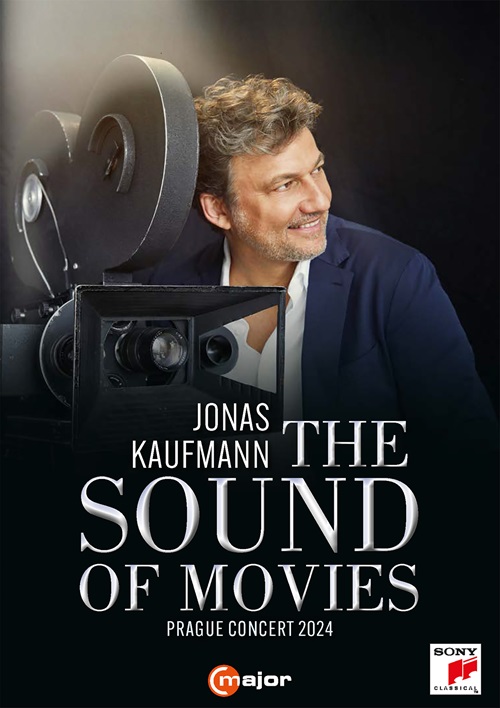
![MINKUS, L.: Don Quixote [Ballet] (Royal Ballet, 2023) MINKUS, L.: Don Quixote [Ballet] (Royal Ballet, 2023)](https://cdn.naxos.com/sharedfiles/images/cds/hires/OA1320D.jpg)
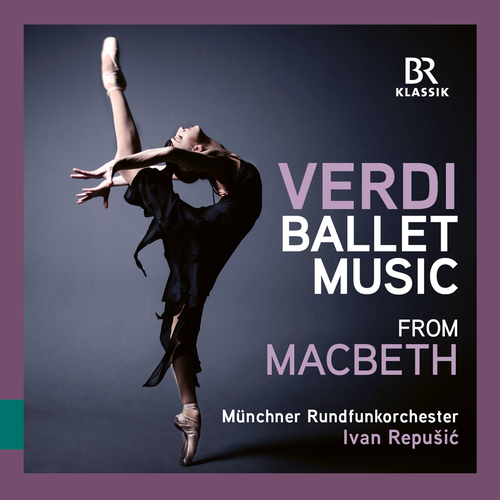
![BARTÓK, B.: The Miraculous Mandarin [Ballet] BARTÓK, B.: The Miraculous Mandarin [Ballet]](https://cdn.naxos.com/sharedfiles/images/cds/hires/C230141EP.jpg)
